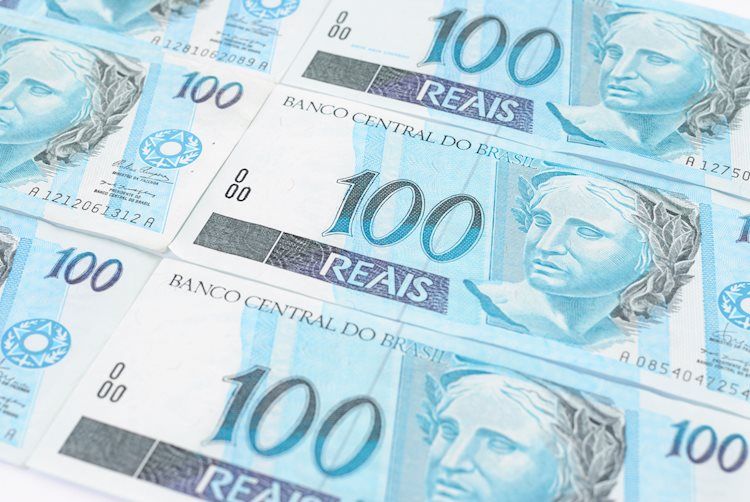The Brazilian Real (BRL) has been subject to a variety of risks despite the hawkish stance of the Brazilian central bank (BCB), according to economists at Commerzbank. One significant risk has been the government’s criticism of monetary policy, which has added increased difficulty to job of the BCB. Furthermore, debates surrounding revisions to the current inflation target have contributed to inflation expectations, leading to further volatility for the BRL.
Another risk factor for the Brazilian Real is the inconsistency surrounding the fiscal framework of the country. While the government has expressed optimism about convincing the market of its solid household plans thanks to the fiscal framework, doubts remain. The BRL is particularly susceptible to budget risks, with the risks being further increased by the recent turbulence on global financial markets.
The Brazilian central bank raised its benchmark interest rates in September 2021, to 6.25%, as part of a plan to cool down rising inflation. Despite these efforts, Commerzbank economists warn that the overall outlook for the BRL remains challenging. The bank’s governor, Roberto Campos Neto, has reiterated in his latest news conference that the Brazilian economy is still exposed to risks and that the interest rate increase could have negative implications for the country’s economic recovery.
As one of the largest economies in South America, Brazil has not been immune from global economic challenges. Slowing growth in China, increasing tensions between the United States and China, and the ongoing COVID-19 pandemic have all contributed to turbulence in the Brazilian economy. Commerzbank economists warn that these challenges could all impact the recovery of the BRL.
One factor contributing to the potential risks of the BRL is the country’s political environment. President Jair Bolsonaro has faced criticism for his handling of the pandemic and economic issues. In addition, there have been concerns about the potential influence of the military in Brazilian politics. As the country prepares for presidential elections in 2022, it remains unclear what direction the political landscape will take, leaving the BRL vulnerable to political risks.
Despite these challenges, there are also some potential factors that could improve the outlook for the BRL. The improving global economic condition is one such factor. The rise in commodity prices, in particular, could help the Brazilian economy as the country is a major exporter of commodities such as iron ore and soybeans. The country’s vaccination campaign against COVID-19 also provides hope for the economy’s recovery.
Another potential positive factor for the BRL is the central bank’s commitment to ensuring price stability. While some may view the rate hikes as a risk in the short term, they could help to bring down inflation, which would be positive in the longer term. Additionally, the central bank has also made efforts to increase transparency around its decision-making process, which could help to ease concerns among investors.
In conclusion, Risks for BRL remain high despite hawkish Brazilian central bank as noted by economists at Commerzbank. It is clear that there are a variety of risk factors for the BRL, ranging from political to economic, both domestic and global. However, it is also true that there are potential positive factors that could help to support the BRL, such as improving global economic conditions, commodity prices, and the central bank’s commitment to price stability. While challenges remain, there is hope for the BRL’s future.


